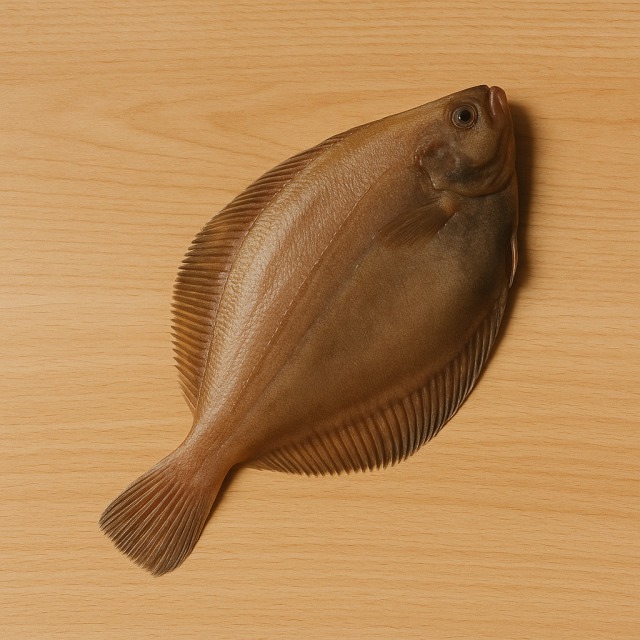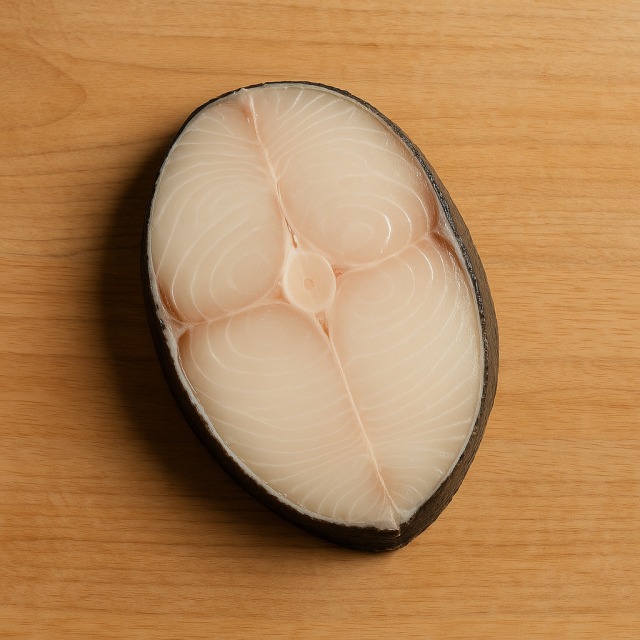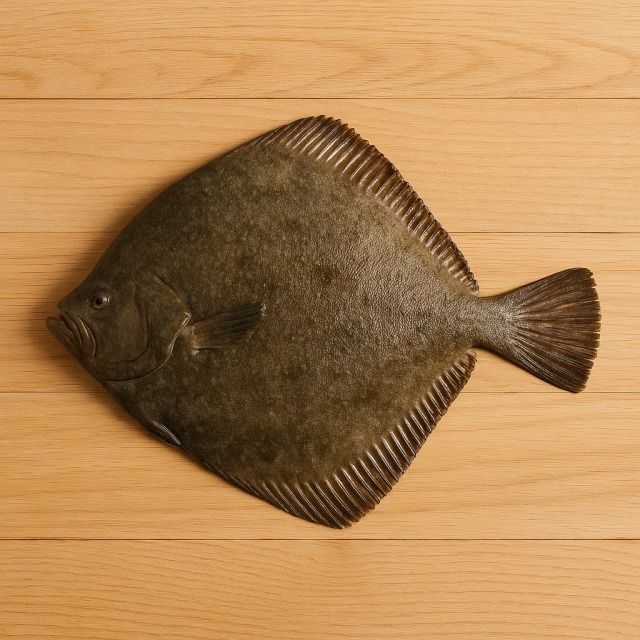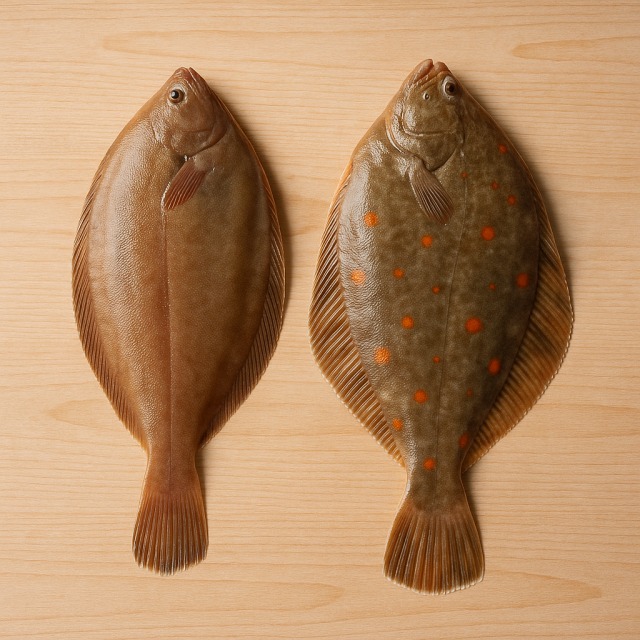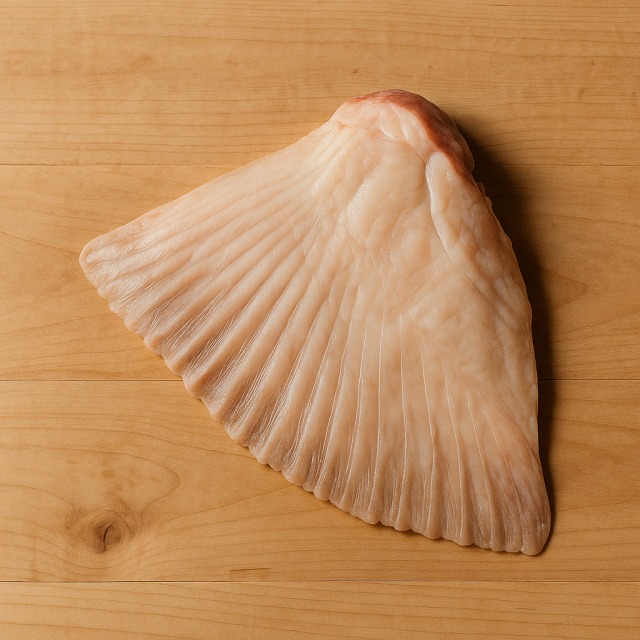Calorie Chart / Fish / Sole
How Many Calories Are in Sole?
Calculation of the nutritional value & Recommended Dietary Intake of sole
For g and a calorie requirement of kcal
| Calories 110 kcal | Proteins 24 g | Lipids 1.5 g | Carbohydrates 0 g |
| 6% | 32% | 2% | 0% |
Health benefits of sole

Sole - 100g
Calories 73 kcal
Proteins 16 g
Lipids 1 g
Carbohydrates 0 g
Sole is considered a low-calorie fish, providing only 73 kcal per 100 g, which makes it a smart choice for anyone monitoring calorie intake, whether the goal is weight loss or simply maintaining energy balance. Despite its modest calorie contribution, sole delivers around 16 g of high-quality protein that helps preserve lean muscle mass.
Rich in selenium (over 30% of the Daily Value per portion) and iodine, sole supports thyroid function and antioxidant defenses. It also supplies phosphorus for healthy bones and teeth, as well as vitamins B3 and B12, which assist in normal energy metabolism—again tying back to how the body uses calories efficiently. Thanks to its extremely low lipid content (about 1 g/100 g, mainly heart-friendly unsaturated fats) and zero carbohydrates, sole fits into many calorie-controlled eating plans.
Historically, sole has been prized in French and British cuisine since the 19th century, thanks to its delicate, almost sweet flesh that easily takes on aromatics without adding many extra calories. Chefs still value it for classic dishes such as "sole meunière", created long before the concept of counting calories became popular.
In short, sole is a nutrient-dense, low-calorie seafood that can enrich a balanced menu with minerals, vitamins, and complete proteins while keeping total calories in check.
Tips for incorporating sole into a balanced diet
If you need to limit calories yet crave satisfying flavor, try oven-baking sole with a squeeze of lemon, fresh herbs, and a drizzle of olive oil; this method barely alters its baseline 73 kcal per 100 g. Serve it with steamed broccoli and a small portion of brown rice to create a plate that balances complex carbohydrates, fiber, and proteins without pushing calories too high.
For a heartier—but still calorie-reasonable—meal, prepare sole en papillote with julienned carrot, zucchini, and a spoon of soy sauce. The steam cooking locks in nutrients, avoids breading, and keeps calories under control.
On training days, athletes can pair grilled sole with a side of quinoa and a dollop of tzatziki. This combination supplies complete proteins, slow-release carbs, and refreshing taste while respecting a stringent calorie budget.
Remember that sauces add hidden calories quickly: swapping butter-heavy toppings for a light vinaigrette or a simple herb-based marinade preserves the subtle flavor of sole and maintains a lean calorie profile. These ideas show how easy it is to integrate sole into varied menus without overshooting daily calorie targets.
Frequently Asked Questions
- How many calories are in sole?
- There are 73 kcal per 100 g.
- Is sole considered low in calories compared with other fish?
- Yes, sole is among the lowest-calorie white fish varieties; its 73 kcal per 100 g is well below the calorie content of fattier species such as salmon or mackerel.
- Does cooking method change the calories of sole?
- Grilling, steaming, or baking adds minimal calories, whereas frying or breading can significantly raise calories because of absorbed oil or batter.
- Can sole help in a high-protein, low-calorie diet?
- Absolutely. With 16 g of protein for just 73 kcal, sole provides an excellent protein-to-calorie ratio.
- Which side dishes keep the whole meal low in calories?
- Pair sole with non-starchy vegetables like spinach or asparagus, or a moderate portion of rice, to control total calories.
- Is sole safe for people watching their cholesterol and calories?
- Sole is naturally low in saturated fat, cholesterol, and calories, making it suitable for most heart-healthy, calorie-conscious diets.
Similar foods
Information provided by Calorie Menu may contain inaccuracies or errors. It cannot, under any circumstances, substitute medical advice or medication.
